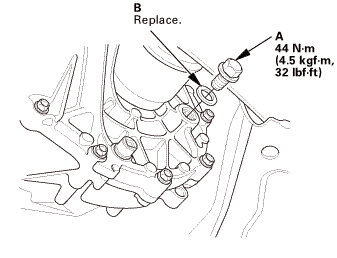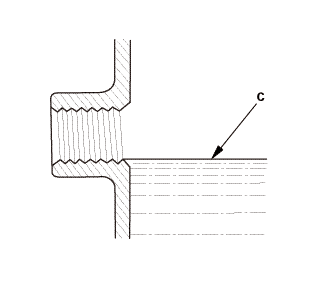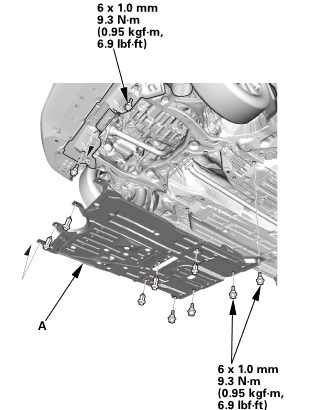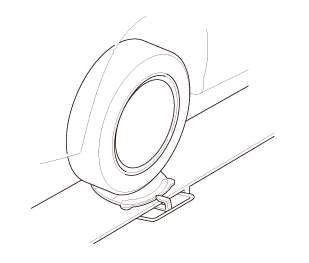Honda Civic Service Manual: Right M/T Differential Oil Seal Replacement (R18Z1 M/T)
2191F5 RIGHT

| 1. | Vehicle Lift |
|
| 2. | Engine Undercover |
|
|
|
| 3. | MTF Replacement |
|
|
|
| 4. | Tire and Wheel-Removal, Front Right |
|
|
|
| 5. | Right Lower Ball Joint Lower Arm Side Disconnection |
|
|
|
| 6. | Right Front Driveshaft Inboard Side - Disconnection (With Intermediate Shaft) |
|
|
|
||||||
|
|
|
| 7. | Floor Jack Support (Except K24Z7 Engine) |
|
| 8. | Lower Torque Rod - Disconnection |
|
|
|
| 9. | Lower Torque Rod Bracket (Except K24Z7 Engine) |
|
|
|
| 10. | Intermediate Shaft Assembly |
|
|
|
|
|
|
|
|
|
| 11. | M/T Differential Oil Seal, Right |
|
|
|
||||||

| 1. | M/T Differential Oil Seal, Right |
|
|
|
| 2. | Intermediate Shaft Assembly |
|
|
|
||||||
|
|
|
|
|
|
| 3. | Lower Torque Rod Bracket (Except K24Z7 Engine) |
|
|
|
| 4. | Lower Torque Rod - Reconnection |
|
|
|
| 5. | Floor Jack Support (Except K24Z7 Engine) |
|
| 6. | Right Front Driveshaft Inboard Side - Reconnection (With Intermediate Shaft) |
|
|
|
|
|
|
|
|
|
| 7. | Right Lower Ball Joint Lower Arm Side Reconnection |
|
|
|
| 8. | Tire and Wheel-Installation, Front Right |
|
|
|
||||||
| 9. | Driveshaft After Install Check |
|
| 10. | MTF Replacement |
|
|
|
||||||||||||||||||||||||||
| 11. | Engine Undercover |
|
|
|
| 12. | Pre-Alignment Checks |
|
| 13. | Caster - Inspection |
|
|||||||||||||||||||||||||||||||||||||||||||||||
| 14. | Camber - Inspection |
|
||||||||||||||||||||||||||||||||||||||||||||||||||||||||||||||||||||||||||||||||||||||
| 15. | Front Toe - Inspection |
|
|||||||||||||||||||||||||
| 16. | Turning Angle - Inspection |
|
|
|
|||||||||||||||||||||||||||||||||||||||||||||||||||||||||||||||||||||||||||||||||||||||||
|
|
|
|||||||||||||||||||||||||||||||||||||||||||||||||||||||||
| 17. | Test Drive |
|
| 18. | Maintenance Minder Reset |
|
 Right A/T Differential Oil Seal Replacement (A/T)
Right A/T Differential Oil Seal Replacement (A/T)
2191M0 RIGHT
1.
Vehicle Lift
1.
Raise the vehicle on a lift, and make sure it is securely supported.
...
 M/T Differential Carrier and Final Driven Gear Removal and Installation (K24Z7)
M/T Differential Carrier and Final Driven Gear Removal and Installation (K24Z7)
2311F1
Removal
1.
M/T Change Lever Assembly
1.
Remove the interlock bolt (A).
...
See also:
Honda Civic Service Manual. Rear Speaker Removal, Installation, and Test (2-door)
013100 LEFT REAR
0131A8 RIGHT REAR
Removal
NOTE: SRS components are located in this area. Review the SRS
component locations and the precautions and procedures before doing
repairs or service.
1.
Both Quarter Pi ...

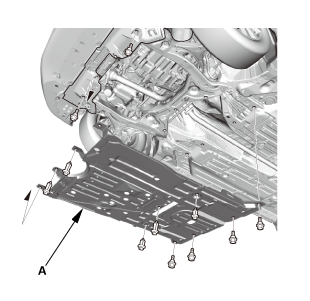
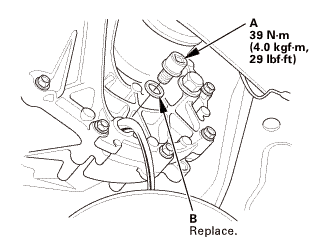
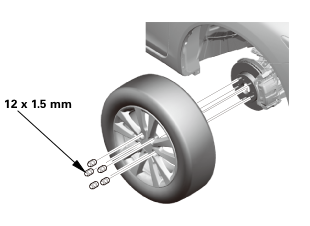 12x1mm
12x1mm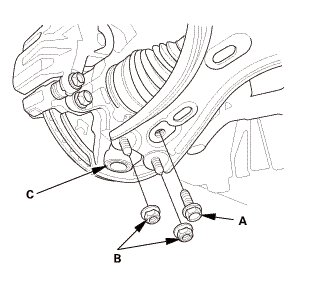
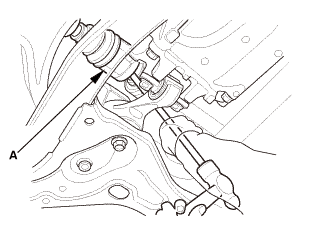
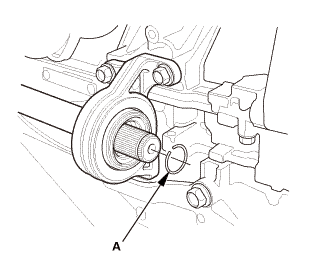
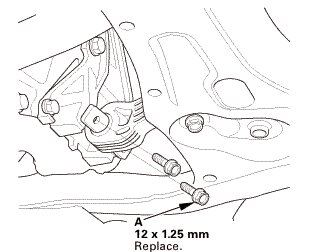
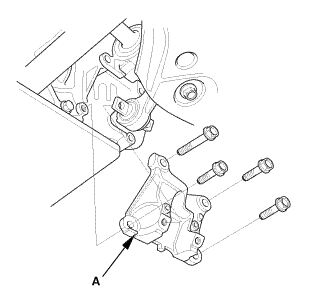
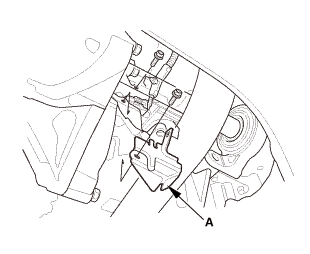
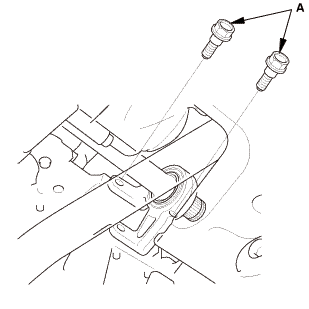
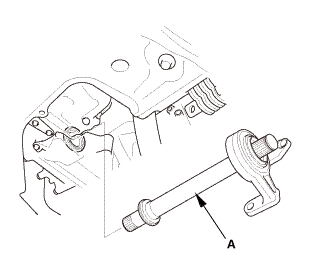
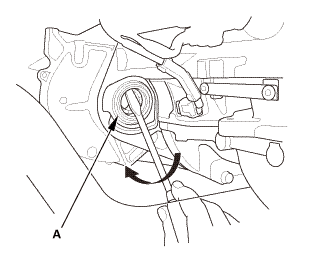
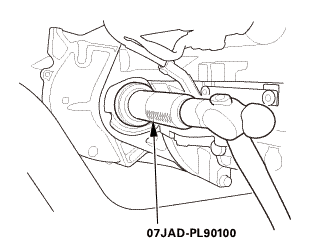
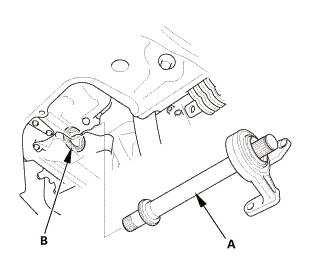
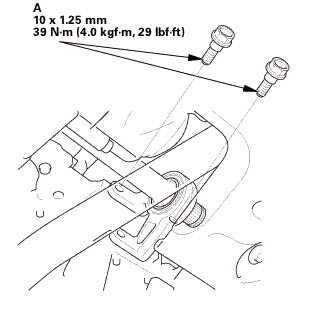 mmu....
mmu....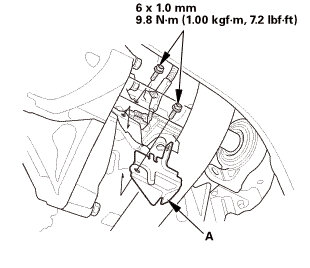 mms.
mms.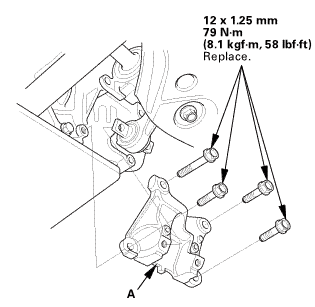 mmmn
mmmn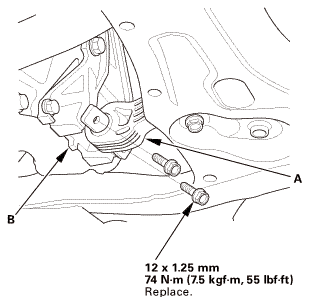
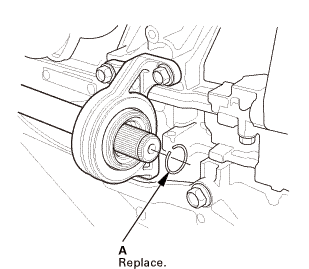
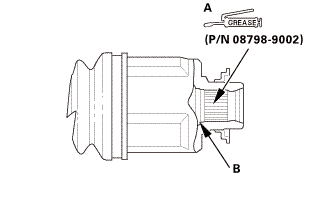 (p/n
(p/n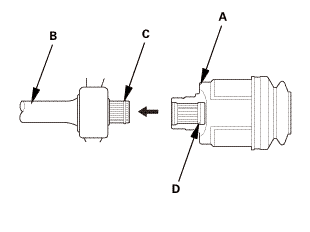 ei
ei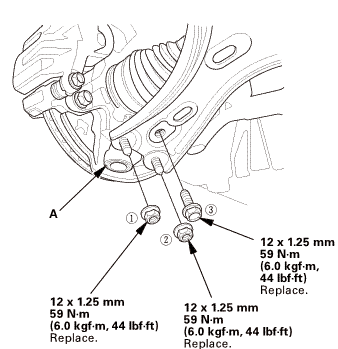 replace.
replace.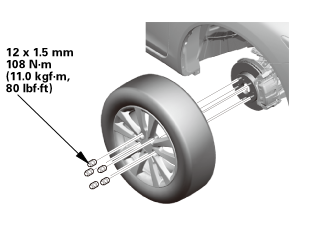 mminmuan
mminmuan